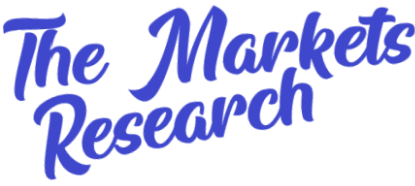How to Get Started Programming in Python
There are several steps to get started programming in Python. As one of the most popular coding languages, many of the world’s most well-known applications are coded in Python. For example, YouTube, Instagram, and Spotify are all built using iterations of Python and accompanying web frameworks. As an individual interested in coding, you need to know what steps to take to get started. Fortunately, Python is relatively easy to learn and read. Plus, it has many easily accessible resources and a welcoming user community. Read on to learn about how to get started programming in Python.
Install Python
First, you need to install Python on your computer. Before installing, you should check if you have an up-to-date version installed on your system. Notably, many recent Linux, UNIX, and Windows systems already include the programming language. To check, you can enter “python” in a command line window. If you see a response from a Python interpreter, it typically includes a number within the display. Usually, any Python 3.x version is compatible with most systems and libraries. If you do not yet have Python installed, you should look on the Python for Mac OS X or Python for Windows page on the programming language’s website. Here, you can find clickable download links to different versions compatible with your system.
Obtain Proper Coding Resources
Once you have the language installed on your operating system, it is essential to obtain proper coding resources. Typically, you will need an integrated developer environment (IDE) compatible with the programming language. If you are working with another coding language, you may also need to download a binding. Importantly, bindings provide code specifically made to allow a programming language to use a foreign library or operating service outside of that language. For example, the package pybind11 is a lightweight header-only library that exposes C++ types in Python and vice versa. Usually, developers use it to create Python bindings of existing C++ code. This way, they can save time by utilizing programs that already exist. Absolutely, obtaining the proper coding resources is essential to build Python applications.
Enroll in Online Courses & Read Books
In addition, you should enroll in online courses and read books to start learning Python. Typically, coding books are structured similar to textbooks, breaking down the language into informational sections. Often, these books include exercises as well to help you apply your knowledge as you work your way through. Of course, you can also enroll in an online Python class if you benefit from a structured, disciplined curriculum. Notably, some classes include live lectures with a programming professional. On the other hand, some are asynchronous through video modules. Usually, classes have different quizzes and tests. Depending on the lesson provider, you may be able to earn a certification at the end as well. Another option is to enroll in a university course to get started learning the Python or HTML programming language. Whichever learning mode you prefer, you should have a plan to acquire fundamental background knowledge.
Learn Basic Syntax
Moreover, you need to learn the basic syntax of the language. Often, this is covered in online courses, books, and classes. However, it is important to know some core components before diving in. For example, many Python developers use comments when writing programs. Importantly, you can use comments to describe the code. This way, you and other developers can quickly understand what the code does or why it is written in a certain way. Typically, comments are denoted with the hash mark (#) before the line of text. Other commonly used components you be aware of include variables, keywords, and built-in data types, such as operators.
Complete Structured Practice Projects
Furthermore, it is essential to complete practice projects once you understand the fundamentals of Python. Notably, programming projects are vital, as these are opportunities to apply your knowledge. For the best results, you should aim for a structured project. Indeed, you may get stuck and have to refer to documentation frequently by going for your own free form project right away. Fortunately, there are many video tutorials online where coding professionals walk you through basic projects, step-by-step. Often, these are geared towards different types of projects, such as machine learning, mobile applications, and games.
There are several steps to get started programming in Python. First, you should install Python on your system if it is not already available. Next, obtain proper coding resources, such as an integrated developer environment, coding libraries, and packages for Python. In addition, you should enroll in online courses and read books to learn basic background knowledge of the language. Moreover, it is crucial to learn the basic syntax using these resources. Furthermore, complete structured, interactive practice projects to avoid getting stuck on your first applications. Follow these steps to learn about how to get started programming in Python.
